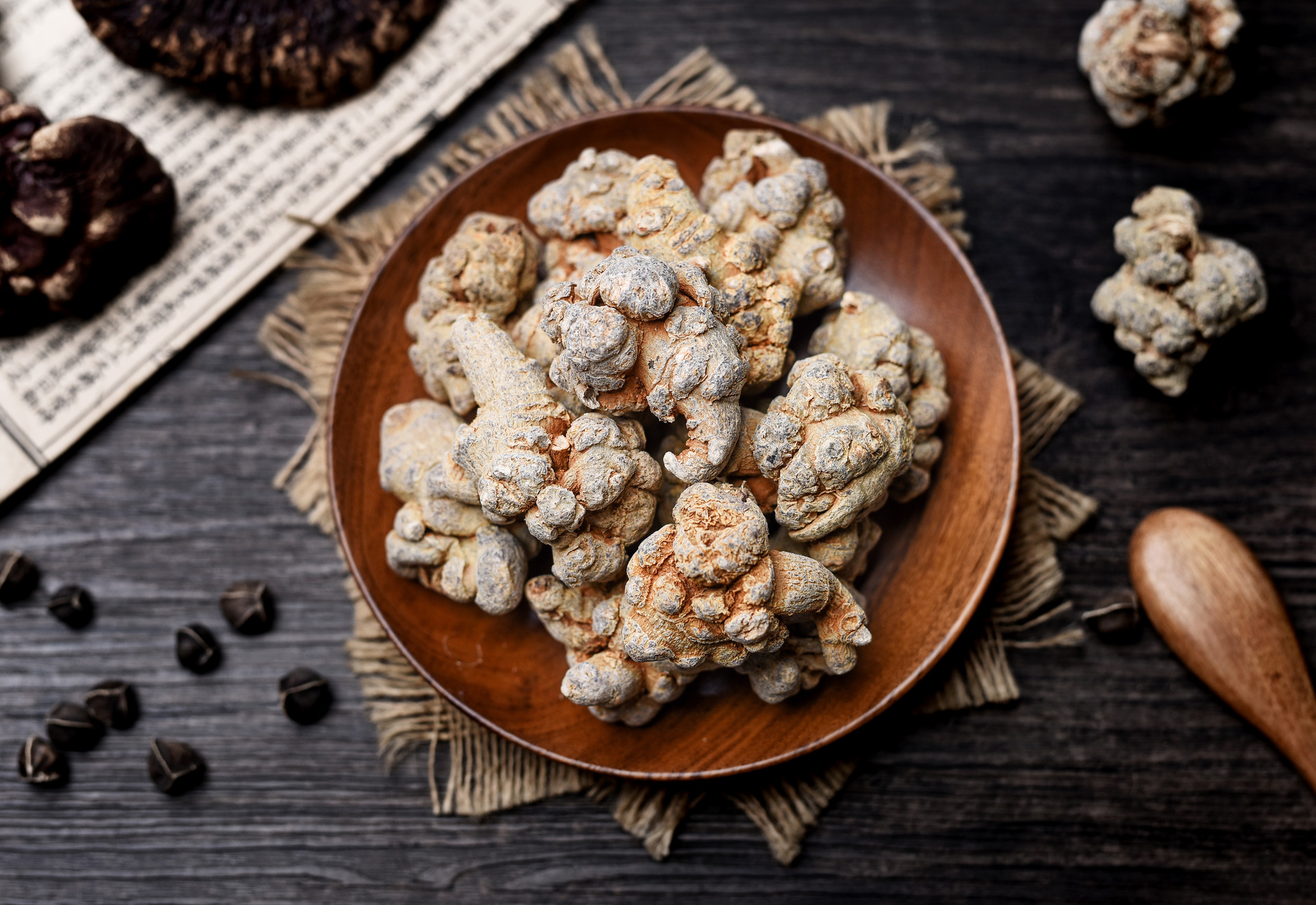Wind-heat cold

In spring, the weather fluctuates greatly, making it easy to catch a wind-heat cold, especially for the elderly and children with weakened resistance. Here are a few recommended medicinal diets fo

Cold is a common and prevalent disease in daily life, mainly divided into wind-heat cold and wind-cold cold. Due to the different causes and symptoms, the treatment methods for these two types of

Wind-heat cold is caused by the invasion of wind-heat pathogenic factors. When children have wind-heat cold, they do not exhibit aversion to cold, but instead feel hot. Their bodies may also have low

Wind-heat cold is a term used in traditional Chinese medicine. Patients with symptoms such as nasal congestion, runny nose, cough, and high fever can use diet therapy as an effective method, especial

Wind-heat cold is a comprehensive syndrome with various symptoms such as fever, cough, and runny nose. Many people feel that soaking their feet to treat a cold is sometimes better and faster than tak

Seasonal colds, often referred to as wind-heat colds, are more common in the summer and autumn seasons. Common symptoms include yellow nasal discharge, fever, sore throat, and cough. Some people bel

Many people believe that any type of cold can be cured by sweating, so they choose to drink ginger soup to induce sweating. However, this method does not always work because colds can be categorized.

Wind-heat cold is a type of common cold, and nasal congestion is a common symptom of wind-heat cold. Patients may experience difficulty breathing, restless sleep, and it can affect their work and dai

A wind-heat cold is an uncomfortable symptom caused by accidental invasion of the body by wind-heat. Wind-heat cold usually shows symptoms such as heavy fever, sore throat, cough, thick or yellow sput

In summer and autumn, when the temperature is high and the air is dry, it is easy to suffer from the evil of wind and heat, which leads to wind-heat colds. Prevention is the key, seven golden tips t